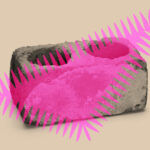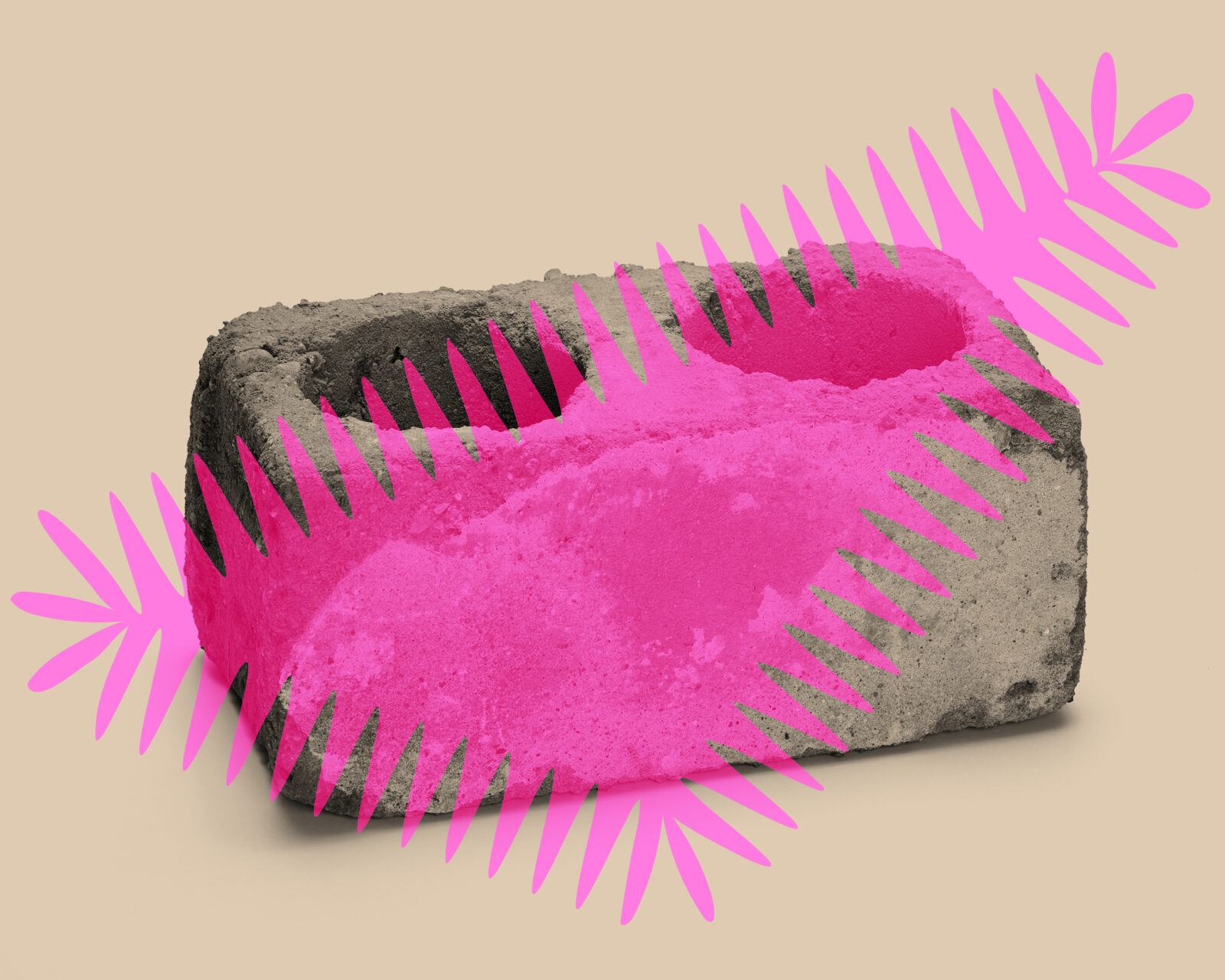Thu, 29 January 2026
Opening
>> Bauhaus Building
6 pm
Welcome
6:10 pm
film collage
Introduction by Florian Wüst (film curator, Berlin)
6:30 – 8:00 pm
Keynote lecture
Albena Yaneva (Politecnico di Torino)
From 8 pm
Get-together
café-bistro at the Bauhaus
Fri, 30 January 2026
All-day conference
>> Bauhaus Building + Bauhaus Museum Dessau
10 am – 12 pm
Panel 1 – Building materials: Media of modernity
Presentations and discussion
Moderated by Regina Bittner and Dorothea Roos (Bauhaus Dessau Foundation)
Speakers:
Kathleen James-Chakraborty (University College Dublin)
Robin Rehm (ETH Zürich)
Simon Mitchell (Oslo School of Architecture)
12:00 – 1:30 pm
Lunch break
Bauhaus Building
1:30 – 3:30 pm
Panel 2 – Architecture of the construction industry
Presentations and discussion
Moderated by Stephan Pinkau (Anhalt University of Applied Sciences)
Speakers:
Kim Förster (University of Manchester)
Katie Lloyd Thomas (Newcastle University)
Monika Motylińska (Leibniz Institute for Research on Society and Space)
4:30 pm
Coffee break
Bauhaus Museum Dessau
5 pm
film collage
Introduction by Florian Wüst (film curator, Berlin)
5:30 – 7:30 pm
Panel 3 – Building as assemblage
Panel discussion with statements
Moderated by Elke Beyer (Anhalt University of Applied Sciences)
With
Karola Dierichs, Robert Stock (Cluster of Excellence Matters of Activity, Humboldt-Universität zu Berlin)
Santiago del Hierro (ETH Zurich)
Philipp Misselwitz (TU Berlin/Bauhaus Earth)
Hannah le Roux (University of Sheffield)
From 7:30 pm
Reception


